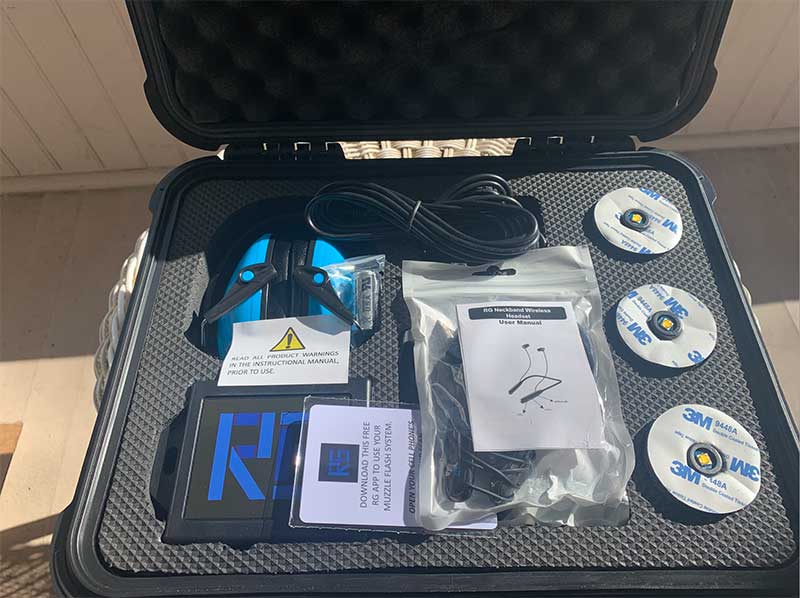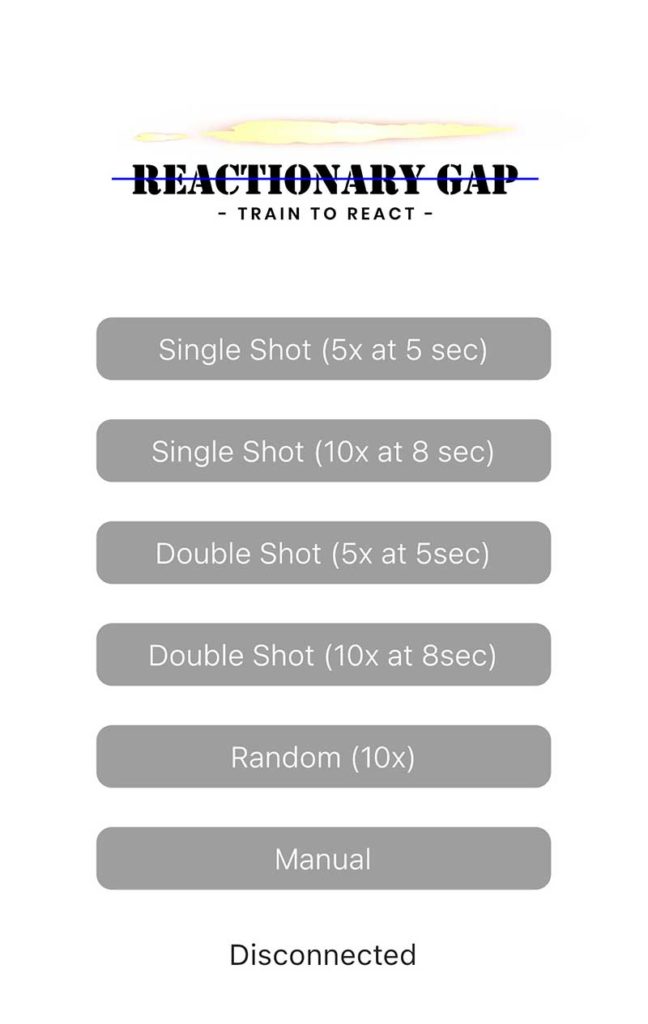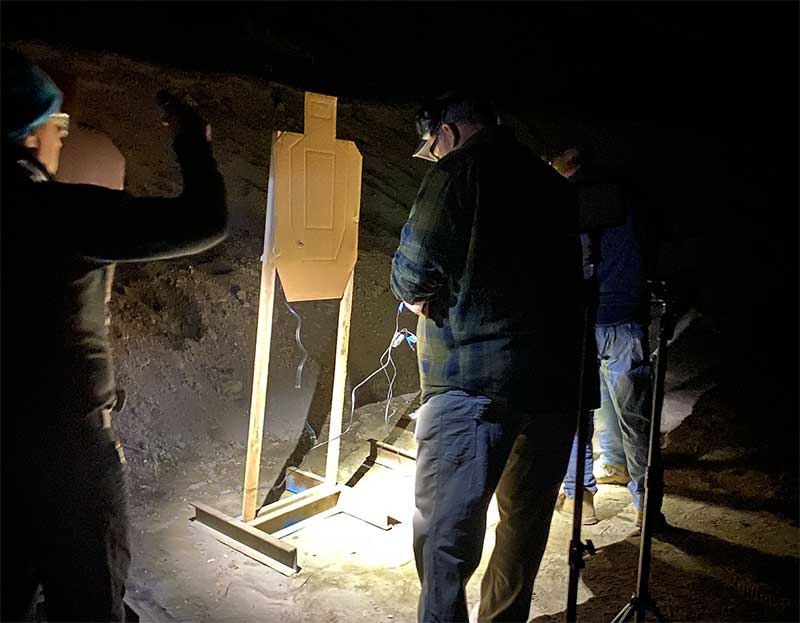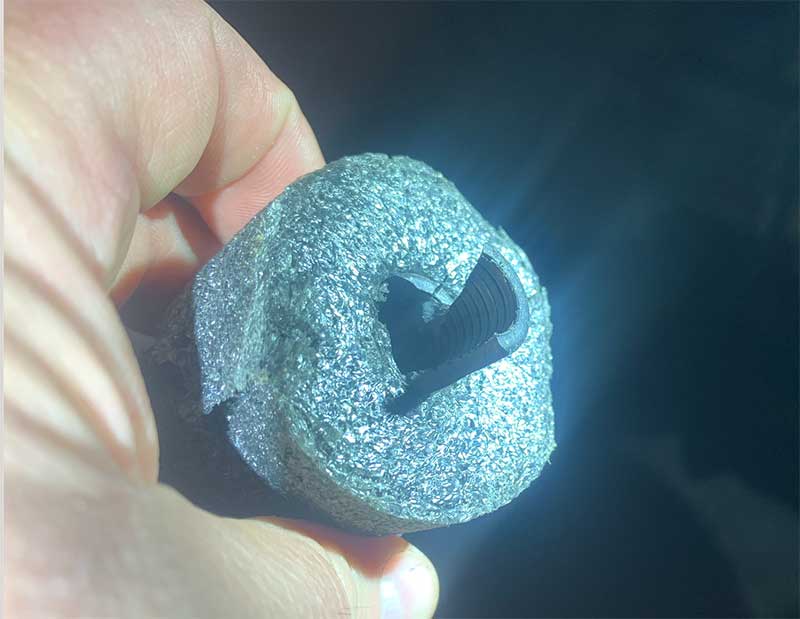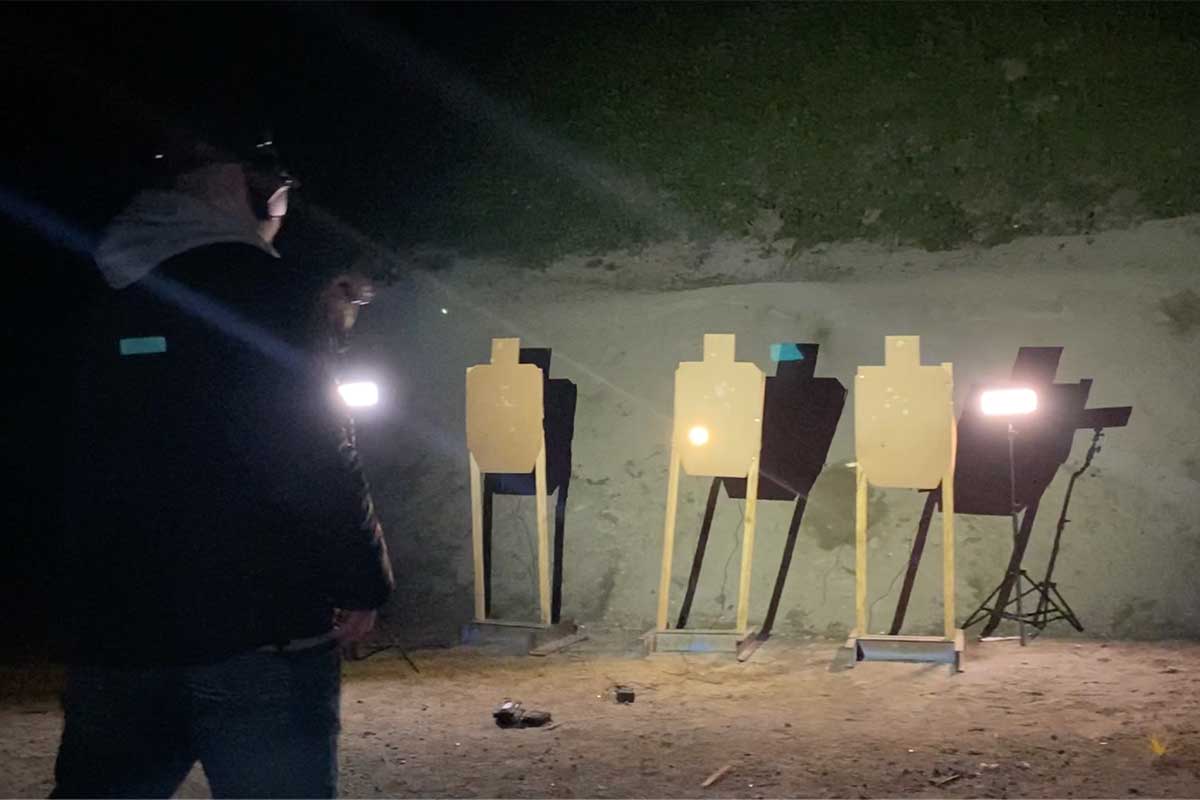
04-26-22-rg_Flashing-800
Do we respond more quickly to an auditory stimulus or a visual one? A significant amount of the research I’ve looked at, including two papers linked at the end of the article, says we respond quicker to sounds. By how much? 140-160 milliseconds for the sound and 180-200 milliseconds for the image. Part of that is because the sound gets there in less than ten milliseconds, while it can take 40 milliseconds for the image to make.
However, changing your visual orientation periodically or moving in the lead-up to the threat stimulus could change things. Movement and shifting your orientation may adversely affect your reaction time to auditory stimulus much more than visual input.
However, how are we likely to know we’re in a lethal force situation that will require the use of deadly force not just to survive but to prevail?
While we may hear the action of a firearm being worked or threats being made, we will likely see the BadGuy reaching for the knife, raising their gun towards us, or shooting at us. I would be remiss if I did not note that, in some cases, the first indication of the assault may be realizing we have been stabbed or shot.
Over the years, many innovative instructors have tried developing target systems that moved or gave the student some indication that they were under attack. One of my police academy instructors, in 1989, wired up a system using Christmas tree lights and aluminum pie plates on targets that gave you the appearance of a muzzle flash. The flash was your indicator to engage the target with gunfire.
I was never that talented.
And yet, we as a profession need to have target systems like this. As good as force on force with non-lethal training ammunition, we still need live fire, and working visually-driven responses to threats is good.
A few months back, Steve Keefer of Reactionary Gap reached out to me. After recognizing the visual stimulus gap in most training, he had developed their Simulated Muzzle Flash System, a gunfire simulator. He wanted me to look at it, and I said absolutely.
Steve is a retired police chief.
Shortly after that, the system arrived. Opening the protective, impact & weather-resistant case, I found the following: LED emitters and foam rubber housings, cables, blue tooth compatible headsets (so the simulated gunfire could be heard) and hearing protection, a large diameter hole punch, a control box powered by a CR123 battery, and an instructional guide.
The guide directed me to download an appropriately titled RG – Reactionary Gap app onto my smartphone. Once loaded, the app lets you control the auditory (gunfire) and visual (simulated muzzle flash) input the student receives.

The system’s control box. It’s Blue Tooth and can take one incoming cable at a time. I numbered each of the cables to make switching them between shooters easier.
The control box connects to the app and smartphone by Bluetooth. The current version of the control box has one cable plug-in, which will increase soon. The box is connected to the LED emitters by cables. The set I received came with eight-foot cables. Those cables plug into the back of the LED emitters. Those emitters go into foam rubber housings with an adhesive face.
Remember the large-diameter hole punch? You can use that or your knife to create an opening in the target for the LED emitter. I placed them down in the area where the lower right-hand part of the abdomen would be – it won’t get hit there, right?
Everything is now assembled.
Once you have decided on which LED you want to flash, you plug that cable into the box and step back behind the shooter. Via the app, you activate the LED emitter by pushing the button that gives you the stimulus you want – single shots, double shots, random flashes, or manual.
In addition to working with this myself, I used it in two different low-light classes that I’ve taught in the last couple of months—an open-enrollment re-active low light skills class and a law enforcement Low-Light Instructor class.
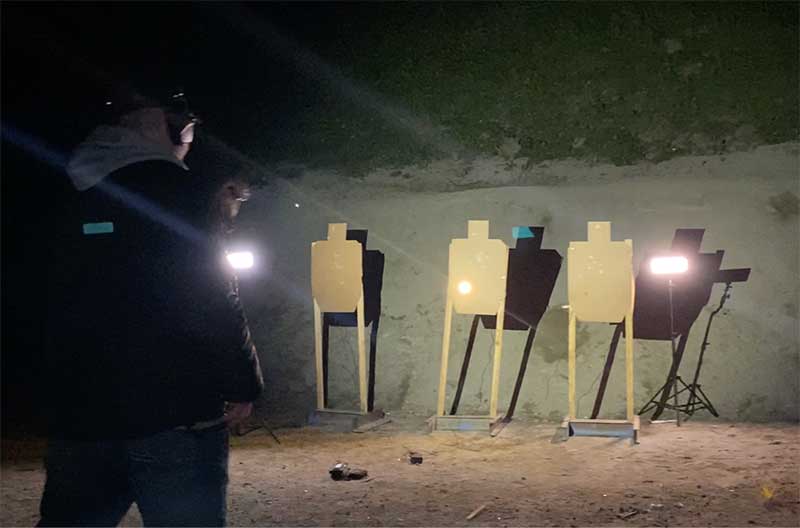
Even with opposed lighting downrange, the LED emitter is clearly visible to the shooter scanning the targets.
I integrated the Gunfire Simulator into my Judgmental Prez drill in both classes. This is a Don’t Shoot/Shoot drill using three silhouette or poster targets, at 7-10 yards, with only one giving indications of being a deadly force threat. Typically, the student turns on a verbal direction and scans the targets looking for the threat. With the Reactionary Gunfire Simulator, they scanned the targets until they recognized they were being shot at – by the muzzle flashes. The students then drew their handguns, engaged, and shot the deadly force threat.
Remember, I put the emitter down by the lower right side of the abdomen to avoid gunfire? The first student to run the drill hit the edge of the emitter—the first student.
Feedback from both classes was quite positive. Most of what I heard was that it added to training in ways that another visual stimulus (photo of gun) would not. Then next time I use this, I want to combine it with a target that reacts to hits.
Reactionary Gap is an American company based in Sparks, NV. They sell complete versions of the kit for citizens, shooting ranges, and law enforcement agencies – The same items, just different quantities of components based on the number of students. All the sub-components can be bought from them as well.
In an era where ambushes on officers are becoming more common, training that requires students to respond to visual indicators may be far more beneficial than starting them with “Shoot!” or “Fire!” This training benefits the community too.
www.reactionarygap.com
Phone: (775) 626 0124
Email: [email protected]
REFERENCES:
“Comparison between Auditory and Visual Simple Reaction Times,” J. Shelton and G.P. Kumar; Neuroscience & Medicine Vol.1 No.1(2010),
“A Literature Review on Reaction Time,” R.J. Kosinski, Clemson University, Last updated: September 2013;

